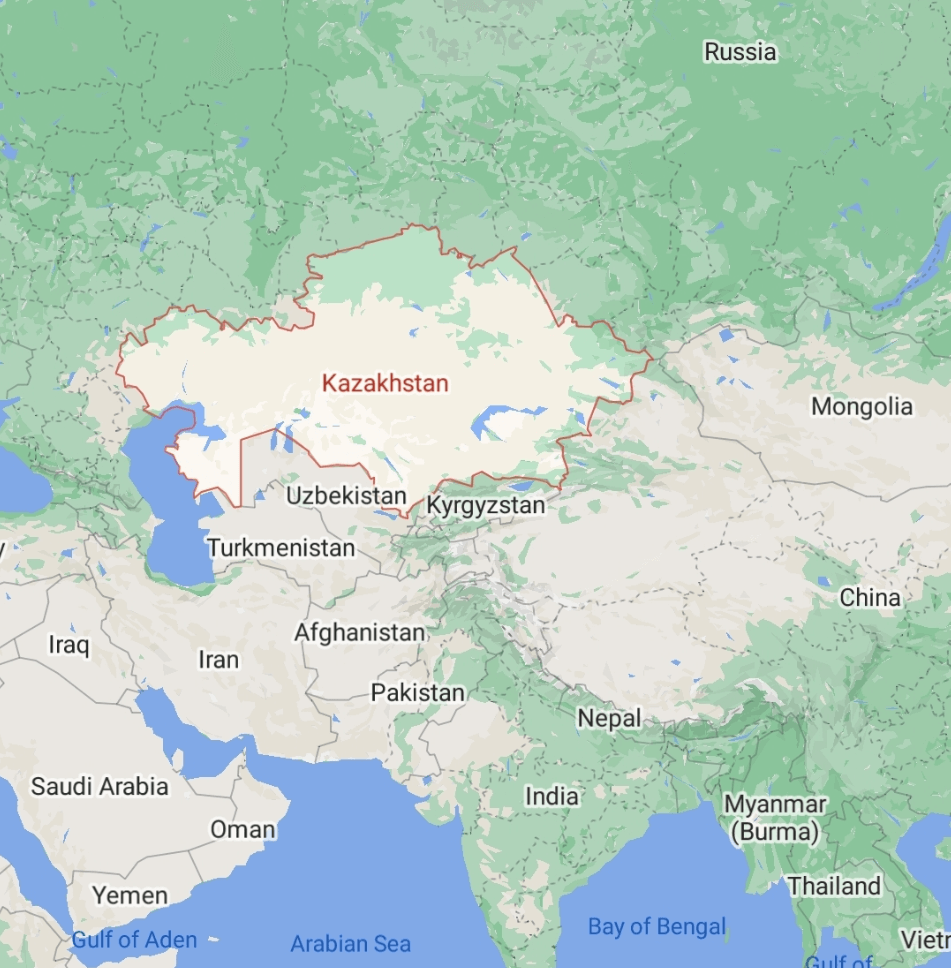
In 2021, China banned Bitcoin mining. Prior to that, over 50% of the Bitcoin mining power was located in China.
After the Chinese crackdown, many miners relocated to other countries, including both the U.S. and one of China’s large immediate neighbors: Kazahkstan. Displaced Chinese miners were attracted to Kazakhstan both for its geographical convenience as well as its cheap electricity cost (about half of the cost of electricity in the United States).
Now fast forward to last weekend. The Kazakh government removed a price cap on liquified petroleum gas (the most common fuel used by vehicles in Kazakhstan), which led to an overnight doubling of price from the artificially low level of the price cap. This surge in price caused rioting on Sunday which has quickly escalated in days since. In response, the Kazakh president, Kassym-Jomart Tokayev, reinstated the price cap on fuel and expanded it to also cover utilities and other basic goods, but this was not enough to quell the riots which had now broadened into complaints over general government corruption.
On Wednesday, January 5th, the president accepted the resignation of the government Cabinet. However, before that upper echelon of government left, they ordered a government controlled telecoms company to essentially shut down the entire Kazakh internet. This internet shutdown has stranded many of the Bitcoin miners who moved to Kazakhstan from China last year and has led the overall Bitcoin network hash rate to drop by over 13% this week.
The rioting continues to intensify.